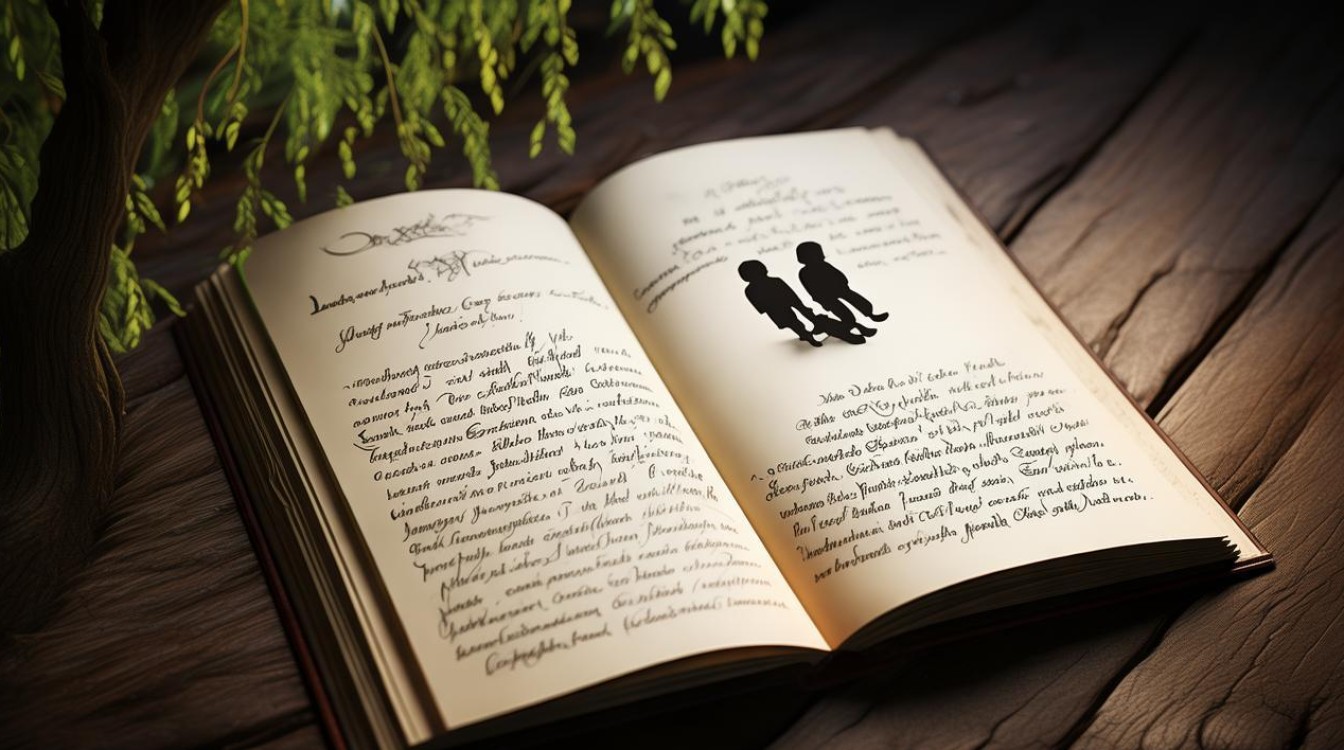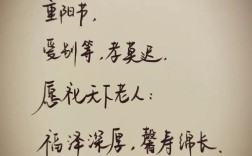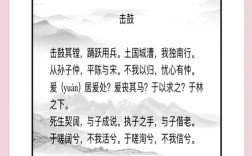The Enchanting World of English Love Poetry
Love has been a timeless muse for poets across centuries, inspiring some of the most exquisite verses in English literature. From Shakespeare's sonnets to Elizabeth Barrett Browning's passionate declarations, love poetry captures the essence of human emotion in its purest form. This exploration delves into the origins, notable poets, stylistic techniques, and ways to appreciate these lyrical masterpieces.

The Origins of English Love Poetry
English love poetry traces its roots to medieval traditions, blending influences from classical Latin and European romanticism. Early works like The Canterbury Tales by Geoffrey Chaucer incorporated themes of courtly love, setting the foundation for later poetic expressions. The Renaissance period marked a golden age for love poetry, with William Shakespeare and Edmund Spenser refining the sonnet form to articulate deep affection and longing.
By the Romantic era, poets such as John Keats and Lord Byron embraced love as a central theme, intertwining it with nature, beauty, and personal introspection. The Victorian period saw Elizabeth Barrett Browning and Robert Browning elevate love poetry through intimate, confessional verses, while modern poets like E.E. Cummings experimented with form to convey passion in unconventional ways.
Notable Poets and Their Masterpieces
William Shakespeare (1564–1616)
Shakespeare’s Sonnets remain unparalleled in their exploration of love’s complexities. Sonnet 18, "Shall I compare thee to a summer's day?", immortalizes beauty through verse, while Sonnet 116 defines love as "an ever-fixed mark"—unchanging and eternal. His works blend admiration, jealousy, and devotion, offering a multifaceted view of romantic relationships.
Elizabeth Barrett Browning (1806–1861)
Her collection Sonnets from the Portuguese includes the famous "How do I love thee? Let me count the ways," a profound meditation on unconditional love. Written during her courtship with Robert Browning, these sonnets reveal vulnerability and deep emotional resonance.
John Donne (1572–1631)
A master of metaphysical poetry, Donne’s "The Good-Morrow" and "A Valediction: Forbidding Mourning" explore love as a spiritual and intellectual union. His use of conceits—extended metaphors comparing love to compasses or celestial spheres—adds a unique philosophical depth.
Pablo Neruda (1904–1973)
Though Chilean, Neruda’s Twenty Love Poems and a Song of Despair has been widely translated into English. His sensual imagery and raw emotion, as in "I want to do with you what spring does with the cherry trees," resonate universally.
Crafting Love Poetry: Techniques and Styles
The Sonnet
A 14-line poem with a structured rhyme scheme, the sonnet is a classic vehicle for love poetry. The Petrarchan (ABBA ABBA CDE CDE) and Shakespearean (ABAB CDCD EFEF GG) forms allow poets to explore contrasting ideas or build toward a climactic resolution.
Imagery and Symbolism
Love poets often employ vivid imagery—roses, stars, oceans—to evoke sensory experiences. In "She Walks in Beauty", Lord Byron compares his subject to "night of cloudless climes and starry skies," blending beauty with celestial wonder.
Metaphor and Conceit
Metaphors transform abstract emotions into tangible comparisons. John Donne’s "A Valediction: Forbidding Mourning" likens lovers to the legs of a compass, inseparable even when apart. Such extended metaphors deepen the reader’s engagement.
Rhythm and Sound
Meter and rhyme enhance musicality. Iambic pentameter, common in Shakespeare’s sonnets, mimics natural speech while adding rhythmic elegance. Alliteration ("love’s light wings") and assonance ("deep heart’s core") create melodic textures.
How to Read and Appreciate Love Poetry
-
Contextualize the Poem
Understanding the poet’s life and era enriches interpretation. Barrett Browning’s sonnets gain poignancy when read alongside her real-life romance with Robert Browning. -
Analyze Structure and Form
Note the rhyme scheme, meter, and stanza breaks. Does the poem’s form mirror its message? Shakespeare’s sonnets often use the final couplet to deliver a twist. -
Identify Key Themes
Is the poem about unrequited love, eternal devotion, or sensual passion? Recognizing central motifs helps uncover deeper meanings. -
Engage with Imagery
Visualize the scenes described. How do symbols like "crimson petals" or "winter’s chill" convey emotion? -
Read Aloud
Poetry is meant to be heard. The cadence of lines like "Come live with me and be my love" (Christopher Marlowe) reveals nuances lost in silent reading.
Love Poetry in Modern Culture
Contemporary poets continue to reinvent love poetry. Warsan Shire’s "For Women Who Are Difficult to Love" explores modern relationships with stark honesty, while Rupi Kaur’s minimalist style in "milk and honey" distills love into raw, accessible verses.
Social media has democratized love poetry, with platforms like Instagram fostering a revival of short-form verses. Poets like Atticus and Lang Leav blend traditional romanticism with digital-age brevity, proving that love poetry remains a vital art form.
Personal Reflection
Love poetry transcends time because it speaks to the universal human experience—joy, heartbreak, longing, and fulfillment. Whether through Shakespeare’s eloquence or Neruda’s fervor, these verses remind us that love, in all its forms, is worth celebrating. To read love poetry is to glimpse the soul’s most intimate whispers, and to write it is to leave a piece of that soul behind.











